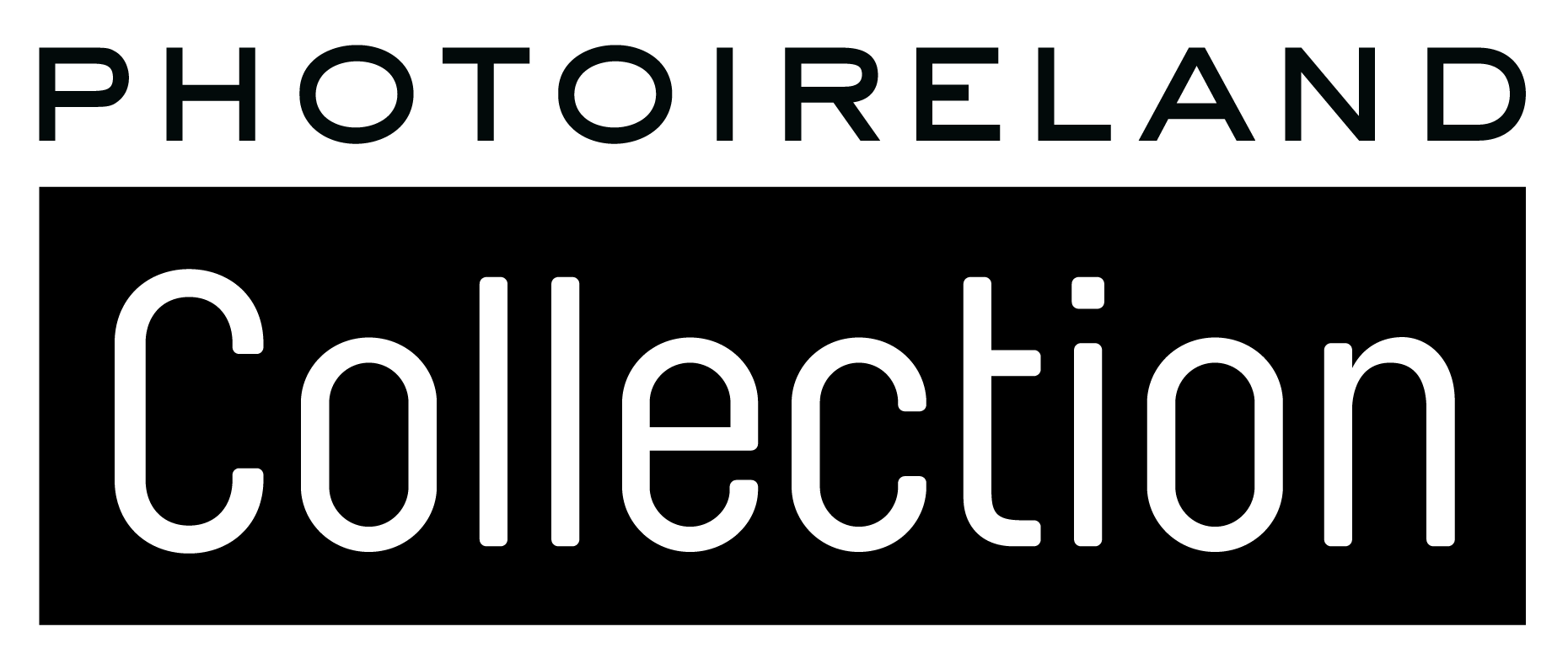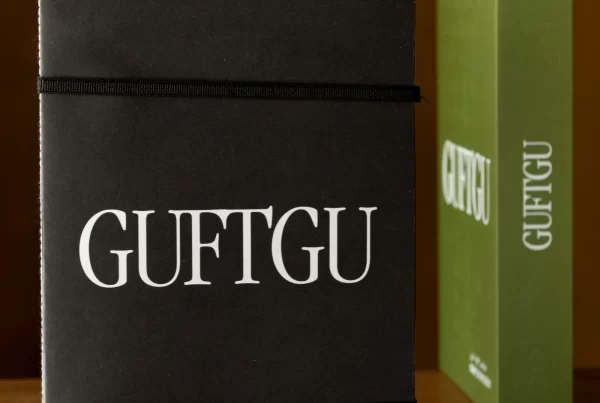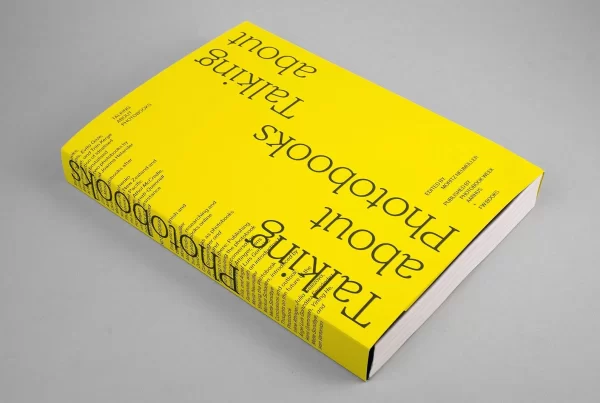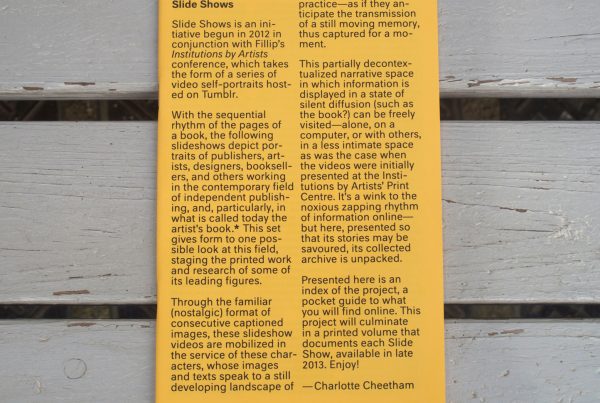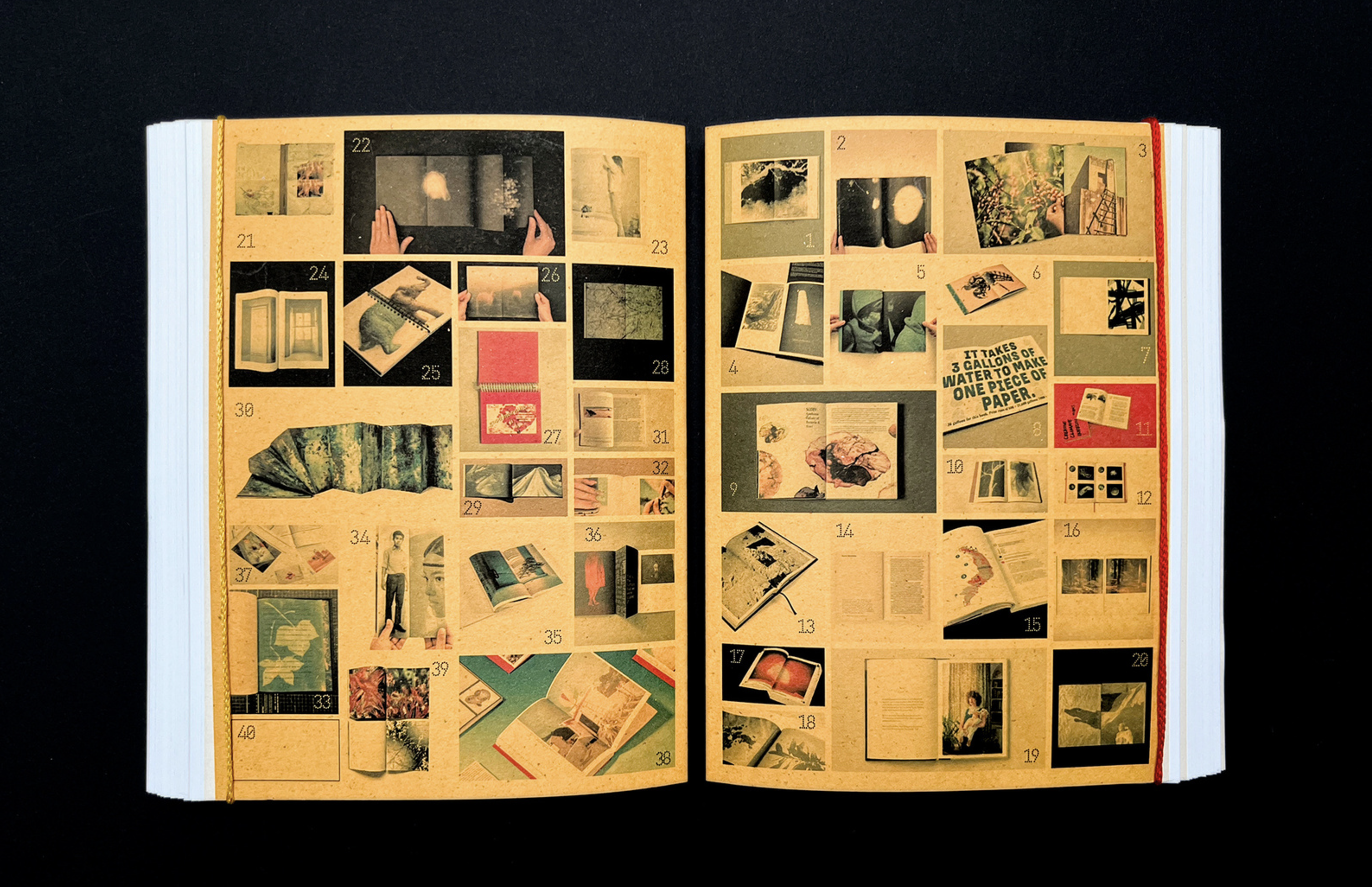
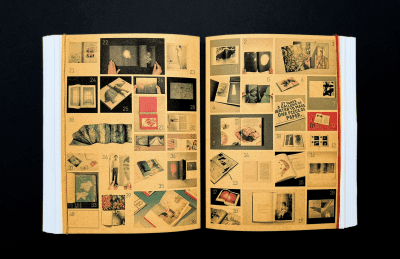 What Makes a Photobook Sustainable?
What Makes a Photobook Sustainable?
Tamsin Green
manual.editions
English
Contributors: Aindreas Scholz, Alfredo Blasquez, Alix Breda & João Pedro Lima, Amelie Schüle, Anshika Varma, BLOW UP PRESS, Catriona Gourlay, Cince Johnston, Cristian Ordóñez, Daria Tuminas, David O’Mara, Delphine Bedel, Dolly Meieran, Ed Sykes, Editions JoJo, Emily Macaulay, Emily Sheffer, Eugenie Shinkle, Eva Voutsaki, Growing Pains, Highchair Editions, Half Letter Press, Hans Gremmen, Jake Green, Jesse Alexander, Jordan jordan édition, Julie Sleaford, Kshitija Mruthyunjaya, Loose Joints, Lukas Birk, Magdalena Wysocka & Claudio Pogo, Maren Krings, Mark Phillips, Marie Smith, Martin Bollati, Martin Usbourne, Mathieu Asselin, Matt Johnston, Michelle Dunn Marsh, Oliver Raymond Barker, Oscar Dooley, Paul John, Rebecca Lardeur, Ryan Paradiso, Sarah Boris, Sayako Sugawara, Sergio Valenzuela-Escobedo, Tamsin Green, Tanya Busse, Tim Clark, The Sustainable Darkroom, Tiffany Jones, Victoria Forrest. Editor: Tamsin Green Associate Editor: Eugenie Shinkle
Softcover
Open edition
UK Edition: Risograph (body) and EcoTank ink-jet (cover) printed on responsibly made papers.
Unbound
80 pages
148 x 210mm
October 2021
ISBN 9781838477233
What Makes a Photobook Sustainable? is launched to celebrate three years of research and conversations by the Sustainable Photobook Publishing (SPP) network. The book is a compendium of forty case studies along with roundtable discussions, essays, quotes and prompts, that collectively seek to demystify the publishing process – illuminating how books are made and illustrating why knowing, and asking questions, plays a fundamental part in making better, more strategic choices for both people and the planet. We hope this book will spark questions, new ideas, connections and conversations, whilst offering a starting point for piecing together the elements that can make a photobook sustainable. The abundance of voices in the book are representative of the SPP as a now global network, and draw from distinct components and local contexts within the photobook ecosystem. Together, they show that there is no singular ‘right way’ of approaching sustainability – each individual must decide on their own approach and priorities, whilst also being mindful of the context that they are working within. In their own way, each of the contributors to this volume also offer alternatives to capitalist economic models. Whether it’s practical solutions (using local materials, minimising waste, avoiding unnecessary travel), ethical social practices, or decolonial initiatives that challenge the dominance of the Global North, these strategies give a glimpse of what a post-capitalist future might look like. How can a book about sustainability and photobooks be used to further ideas that have emerged from its content? Given the international contributions, and the reach that we hope this book will have, we wanted to think deeply about how we get this book out into the world and how we get it to our contributors. This led us to printing the book in batches in an open edition, with distributed printing in different geographic locations – embracing the differences in production values that this may bring.* It’s small, informal and unbound to reflect the work-in-progress nature of the conversation so far.
About the Editor
Tamsin is a London-based artist and designer whose practice combines walking, photography, writing and book making. She is the founder of manual.editionsand the Sustainable Photobook Publishing (SPP) network, and is currently a PhD practice-led researcher at the University of Westminster.
She seeks to cultivate a regenerative practice through developing an ecology of images, materials and making processes. The structure and materiality of the artist book are central to how her work takes shape, with by-products and left-over materials often used to create new works.
tammidori.com
(source: https://www.tammidori.com/bio)
About the Publisher
manual.editions is a not-for-profit publisher dedicated to the research, design and making of environmentally conscious photobooks. They are transparent about the materials and processes used to create books, and share this information for each publication. They host the Sustainable Photobook Publishing (SPP) network and are also a signatory of Publishing Declares Climate Action. Their books have been widely exhibited internationally and are in private and public collections including the Tate and the Victoria & Albert museum. One copy of each book that they publish is available in the manual.editions library to borrow within the UK.
manualeditions.com
(source: https://www.manualeditions.com/info)
